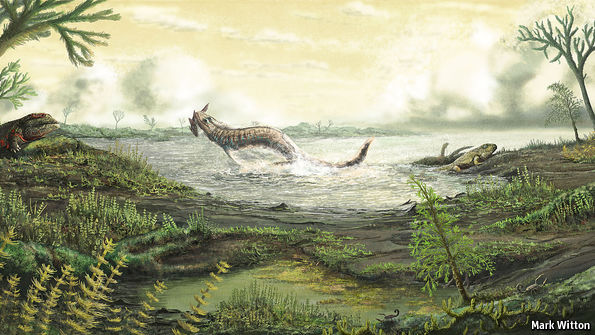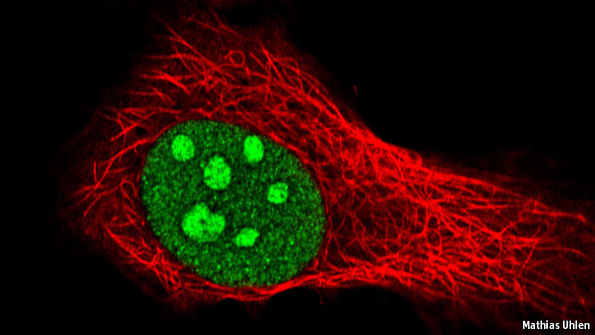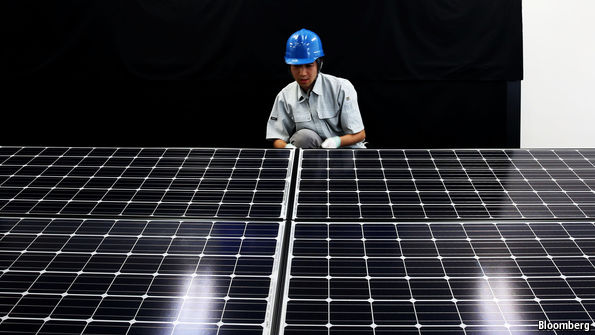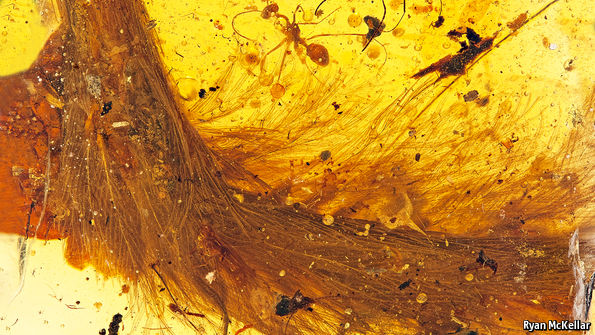A blueprint for getting more women into information technology

DESPITE the incoming administration’s vow to bring thousands of well-paid jobs back to America, over half a million posts paying $100,000 a year or more are currently going begging. Labour experts believe the number of vacancies in computing and information technology could easily top a million by 2020. The number of young Americans graduating with qualifications in IT subjects is rising, but nowhere near fast enough to satisfy the burgeoning demand for their skills. Last year, American campuses produced fewer than 56,000 graduates with the sort of qualifications sought by information technology (IT) firms.
Exporting many of these jobs to Asia is likely to continue apace, no matter what Donald Trump may have in mind. The president-elect has threatened to impose a 35% import tariff on goods American companies produce in foreign countries. With its phones, tablets and other items assembled in Asia from components made in China, Taiwan and Japan, Apple is in a particularly sensitive position. The firm’s Asian suppliers employ 1.6m people making Apple products. Mr Trump wants the Californian company to manufacture at least some of its iPhones and iPads in America instead of…Continue reading
Source: Economist












